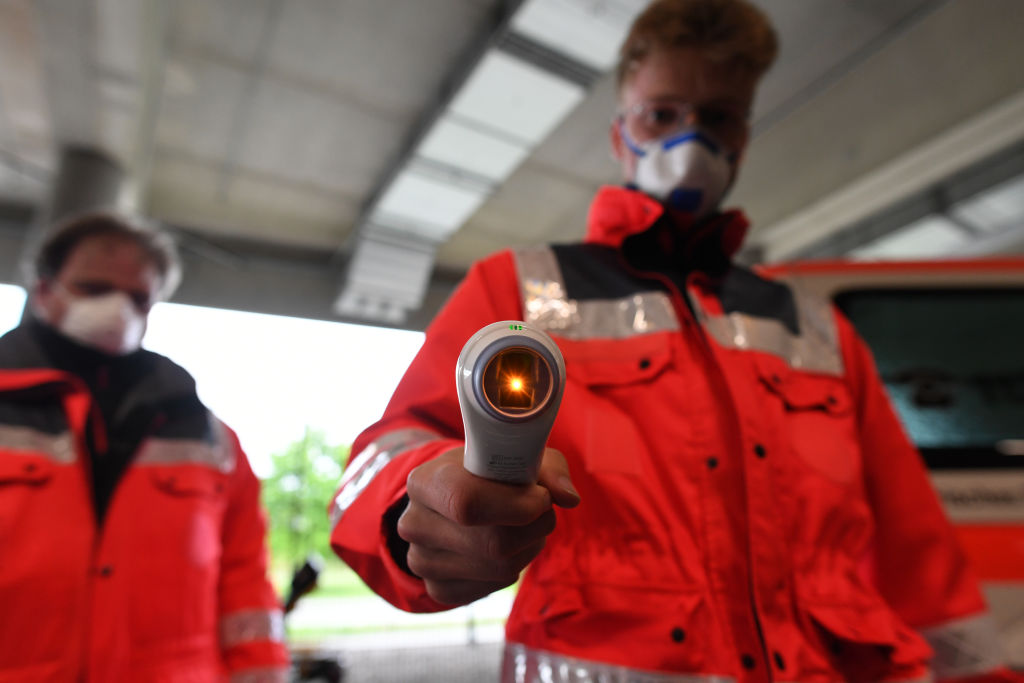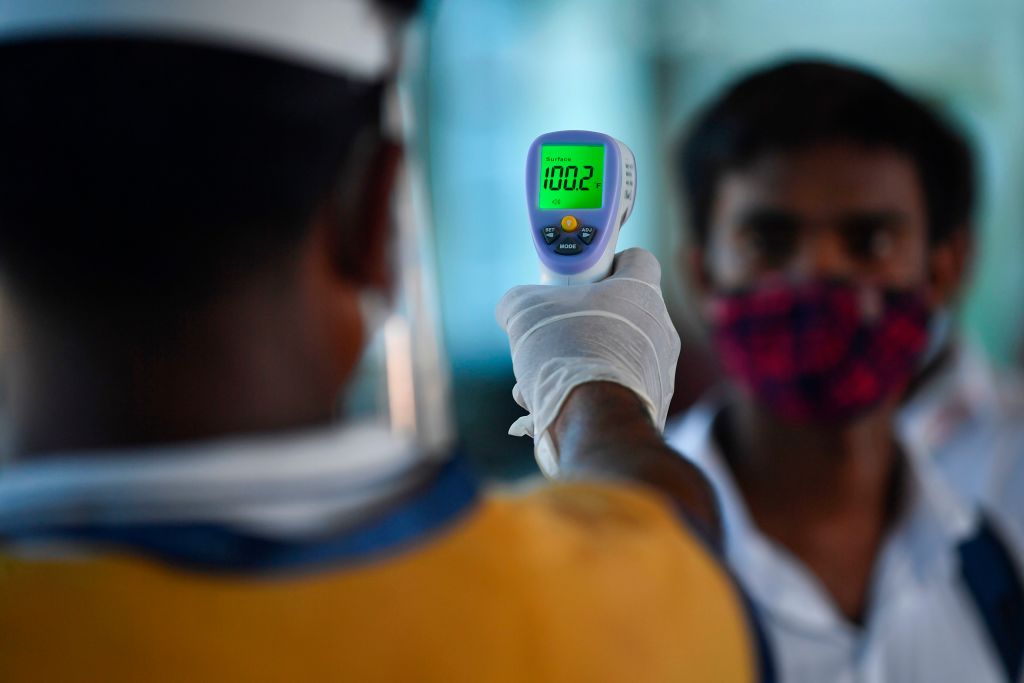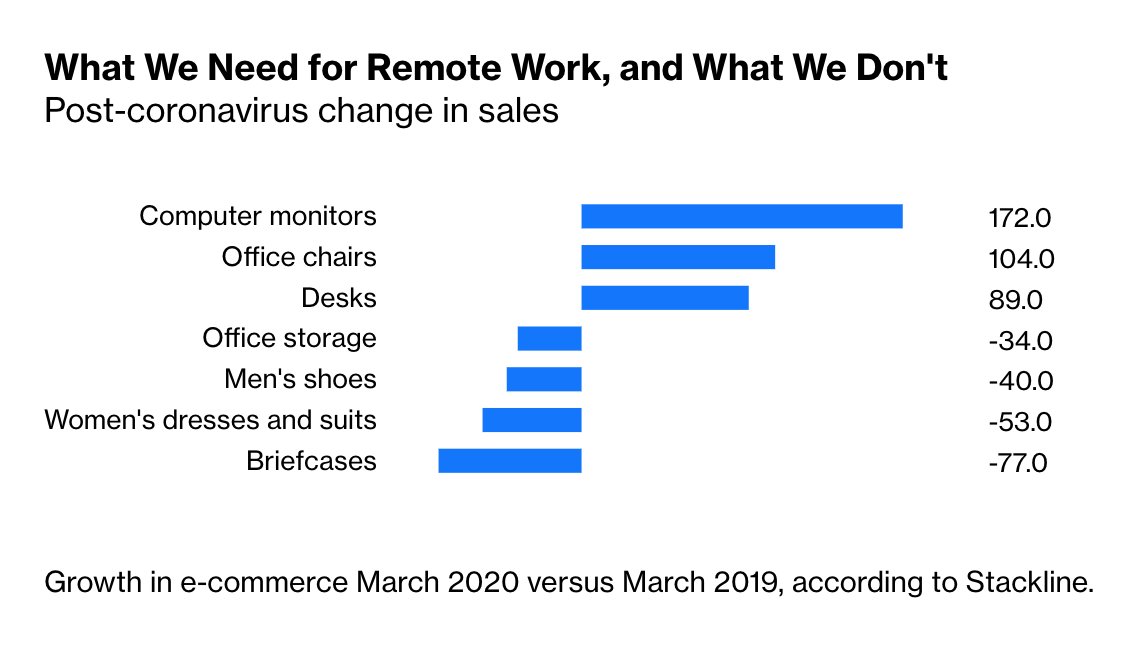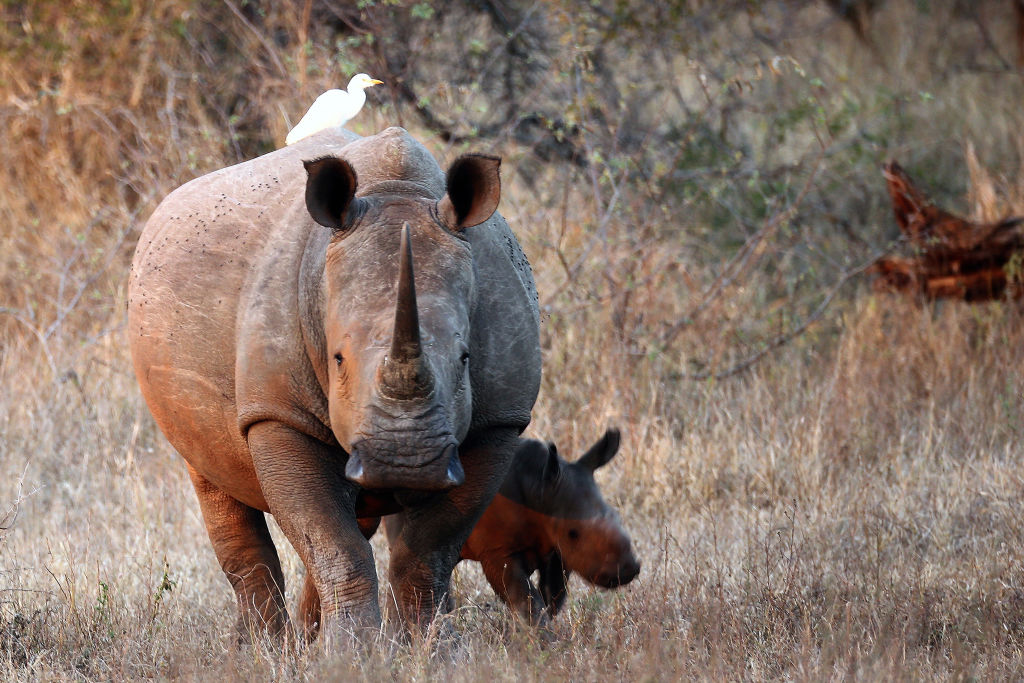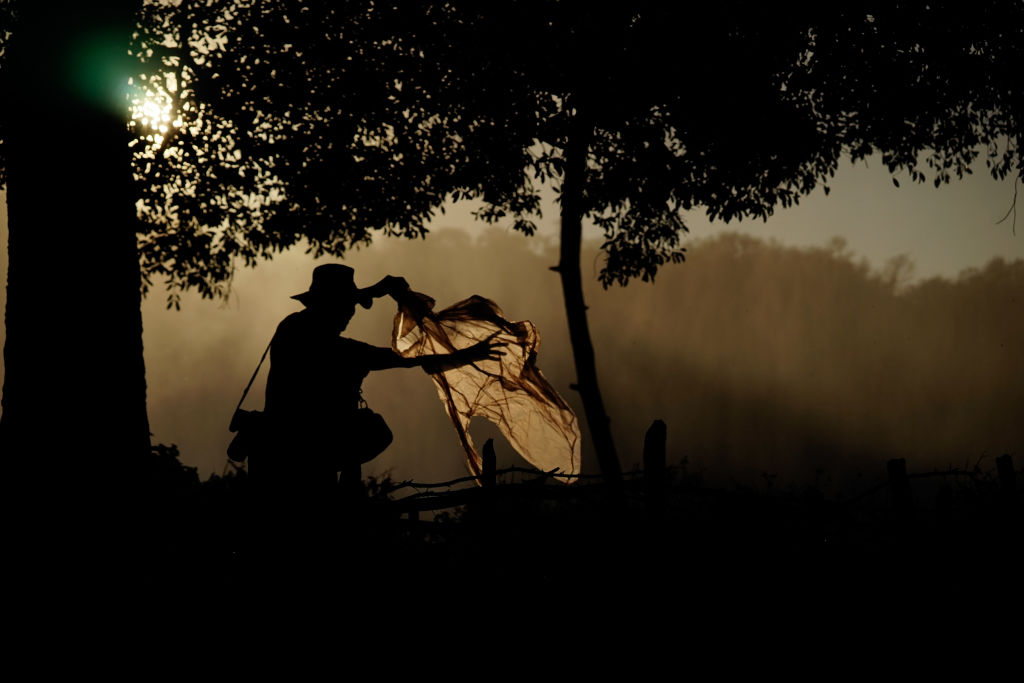🎶At a choir practice, one singer infected as many as 52 others.
🦐At a seafood plant, one worker is said to have infected 533 co-workers. trib.al/vLSWSaZ
But many people who get the disease don’t pass it on to anyone at all. One new study estimates that 10% of those infected cause 80% of new transmissions trib.al/vLSWSaZ

It also appears to make the disease easier to control than it would be if superspreaders weren’t so important trib.al/vLSWSaZ

If you start at one infected person and multiply by 2.25 (most estimates of Covid-19’s reproduction number are between two and three), here’s what you get over the next 10 periods trib.al/vLSWSaZ
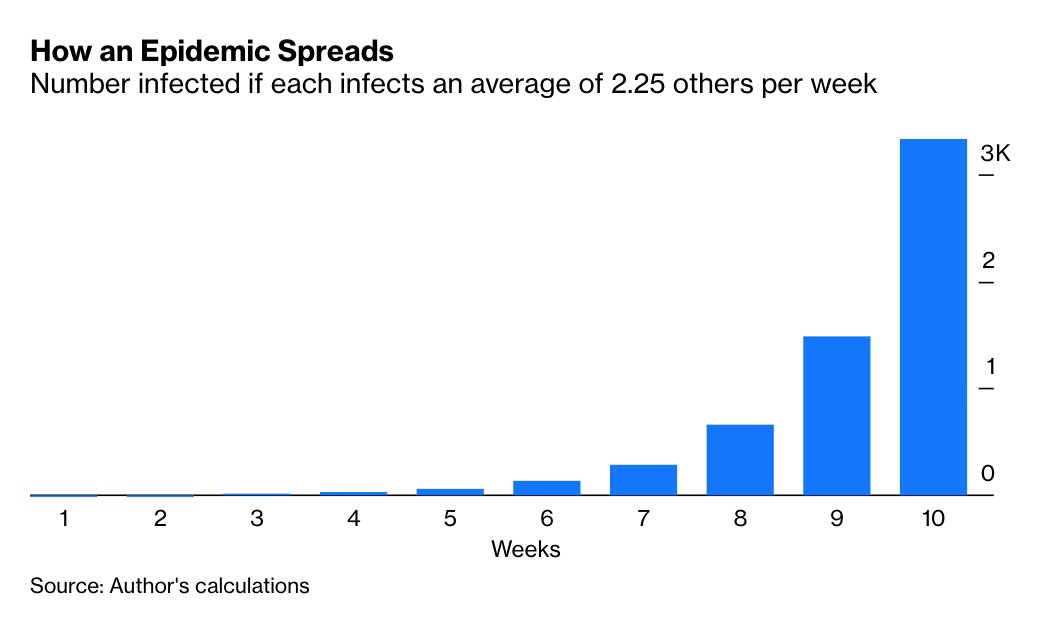
“Using contact tracing data from eight directly transmitted diseases, we show that the distribution of individual infectiousness around R0 is often highly skewed” trib.al/vLSWSaZ
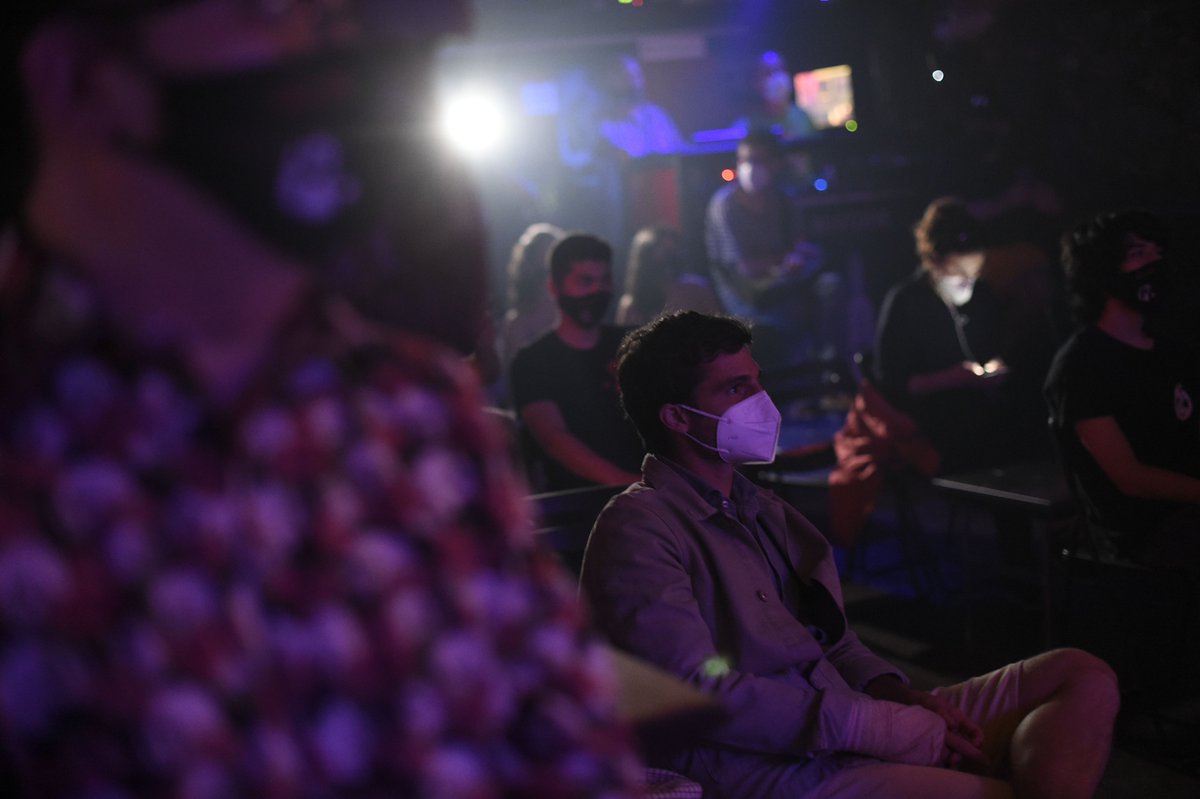
🦠They assigned SARS a k of 0.16
🦠The 1918 flu’s k hovers around 1
🦠Covid-19’s k is 0.17 trib.al/vLSWSaZ
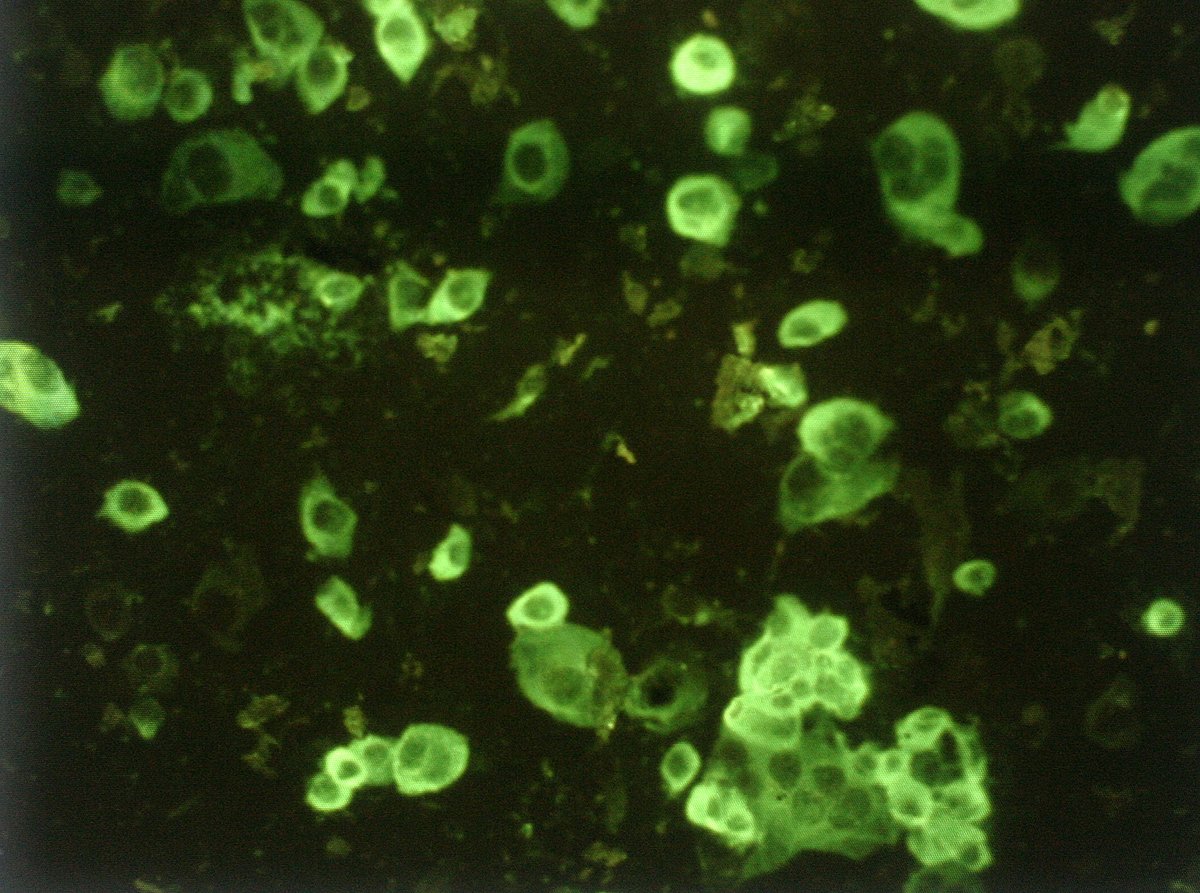
Diseases with a k nearing 0.1 were much more likely to fizzle out on their own or be stopped by modest control measures than those with a k of 0.5 or higher
trib.al/vLSWSaZ
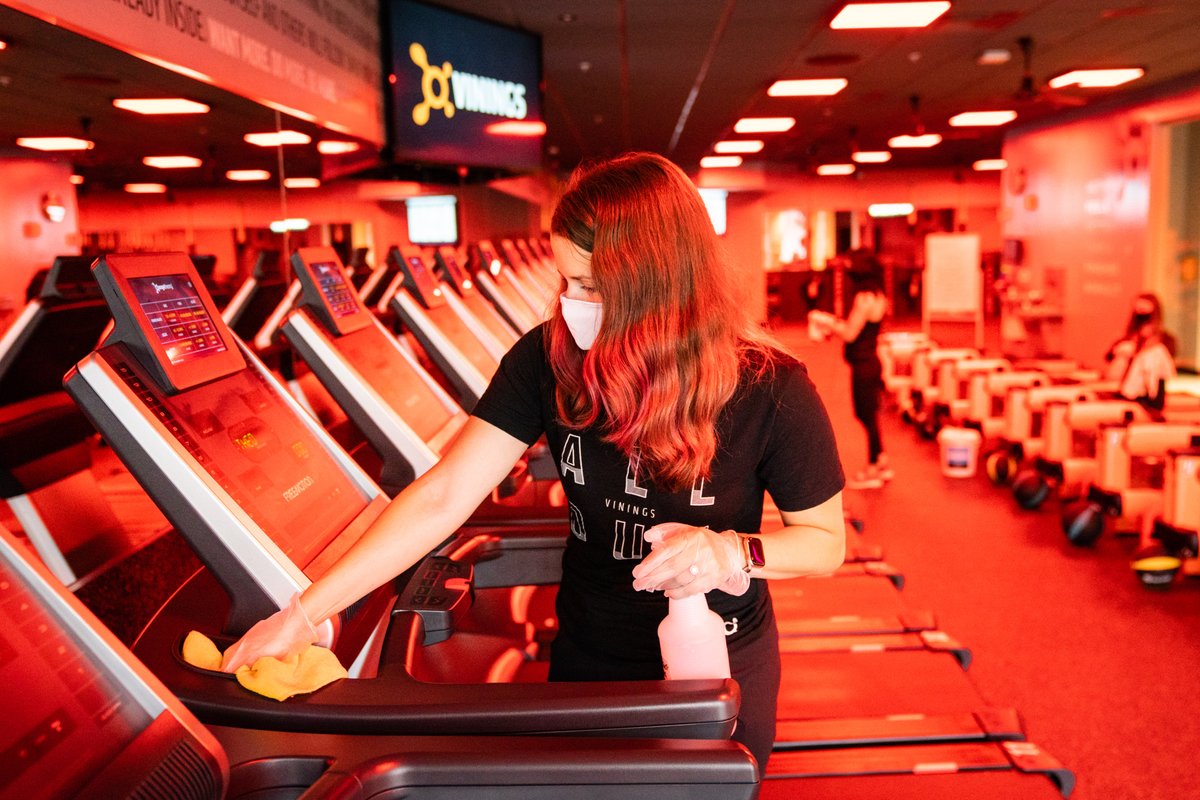
This works out to 10% of cases causing 80% of infections. Here’s how a group of series turned out trib.al/vLSWSaZ
It may be possible to identify those likeliest to be superspreaders by demographics, viral load or other physical characteristics trib.al/vLSWSaZ
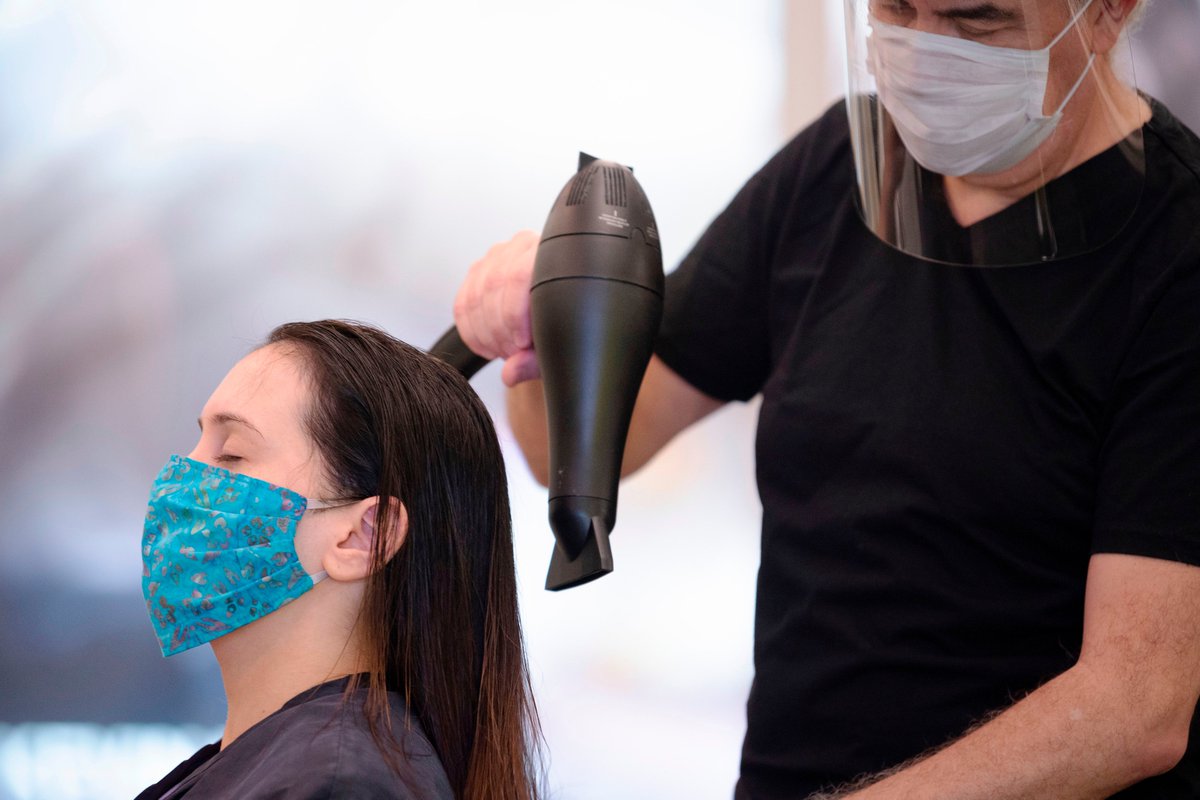
🎶Singing
🗣️Yelling
🗨️Talking loudly
🏢Crowding in indoor spaces trib.al/vLSWSaZ

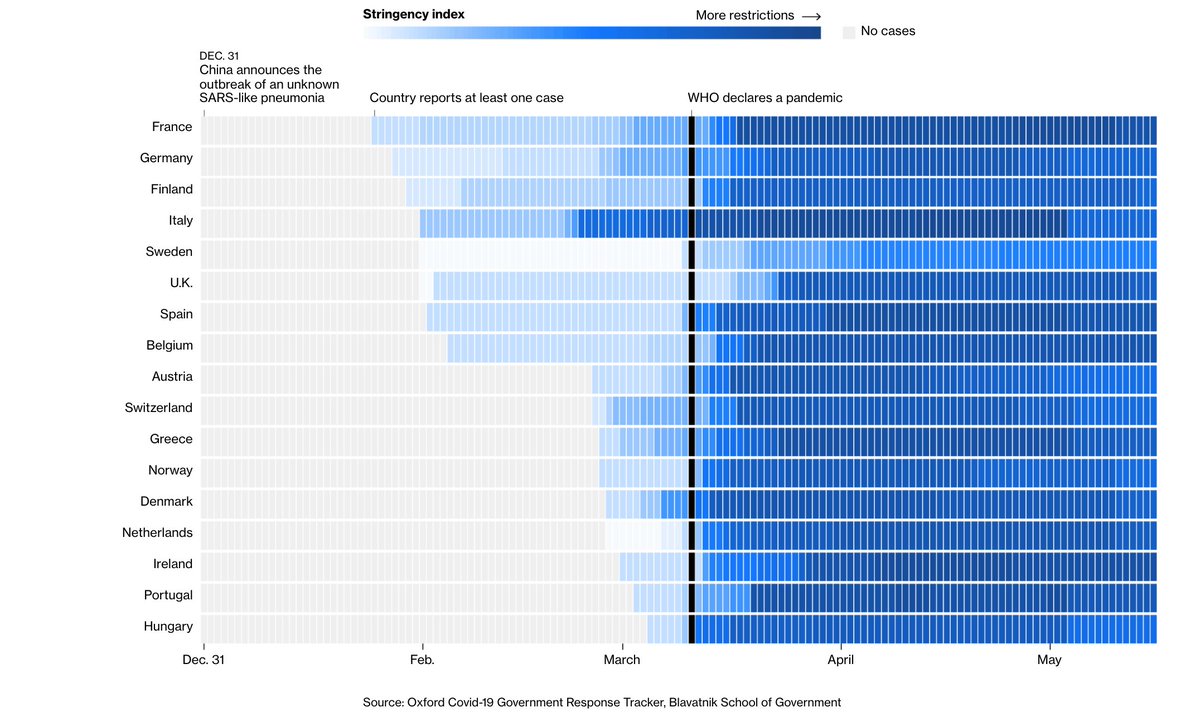
There’s good reason to hope that this virus can be contained in a way that, say, influenza probably cannot trib.al/vLSWSaZ



